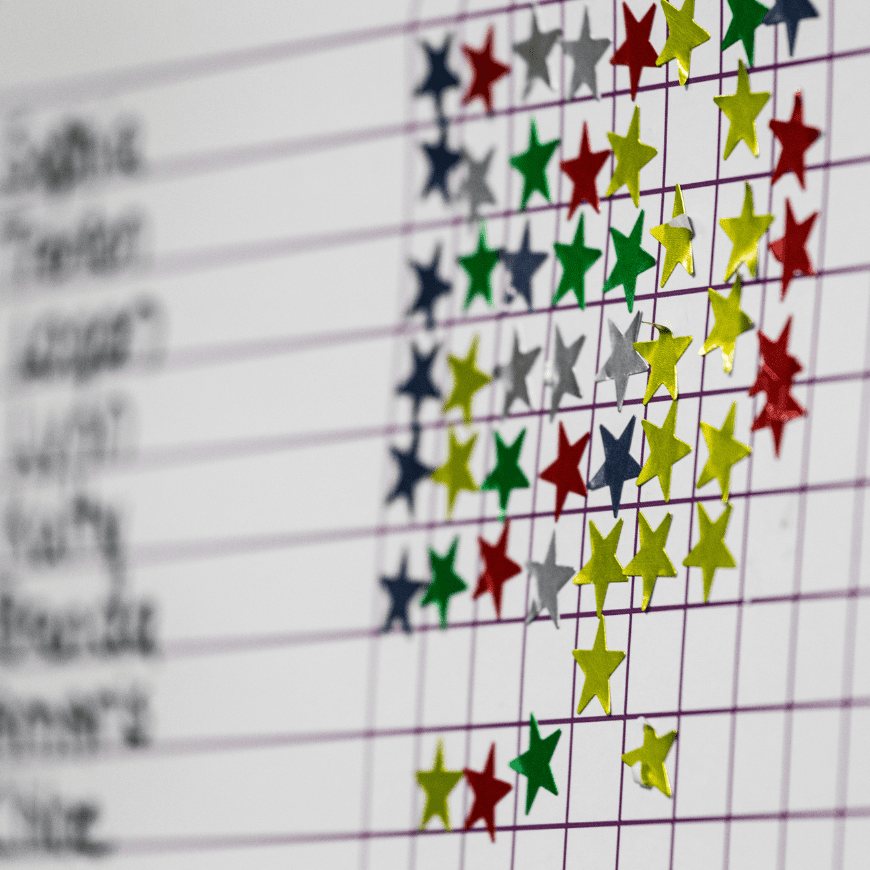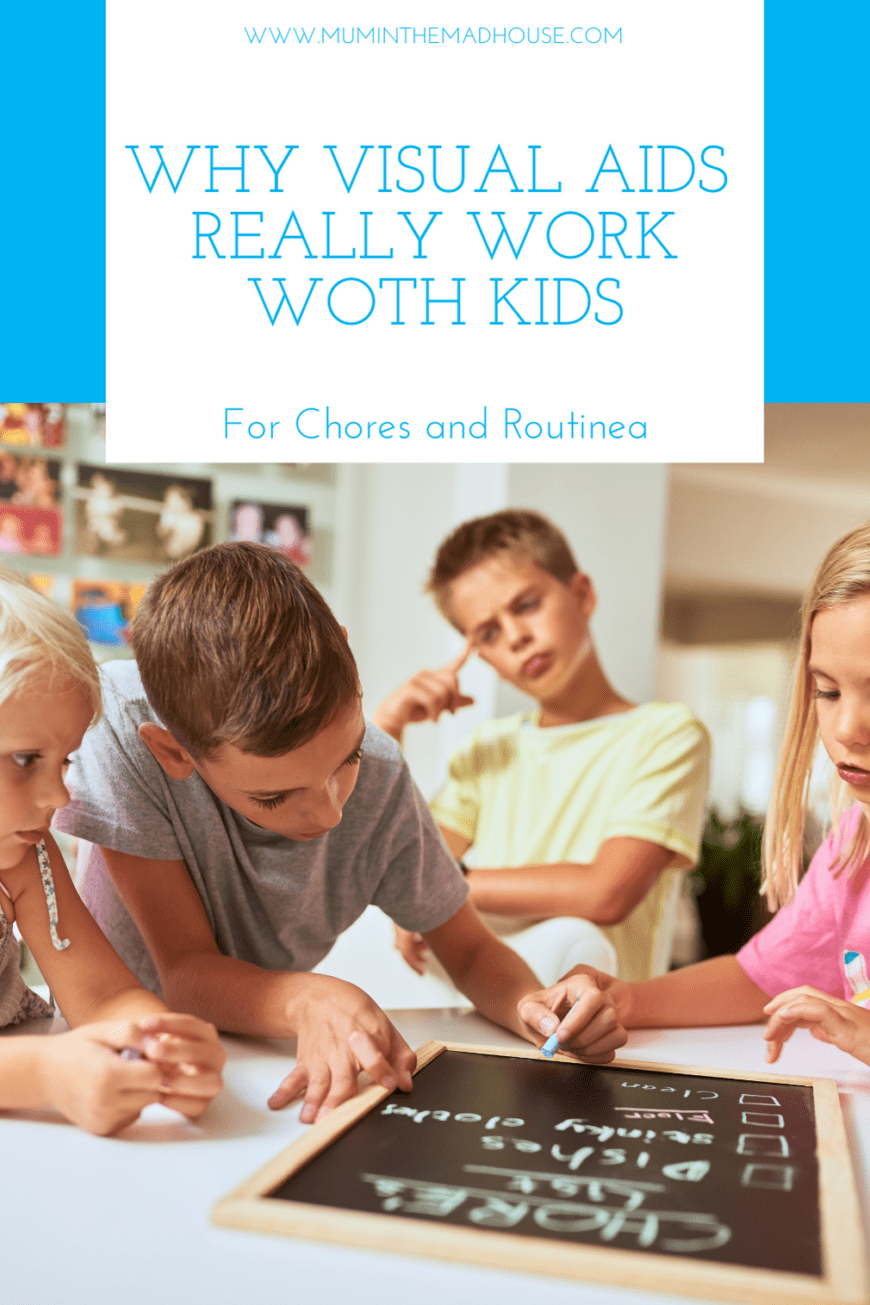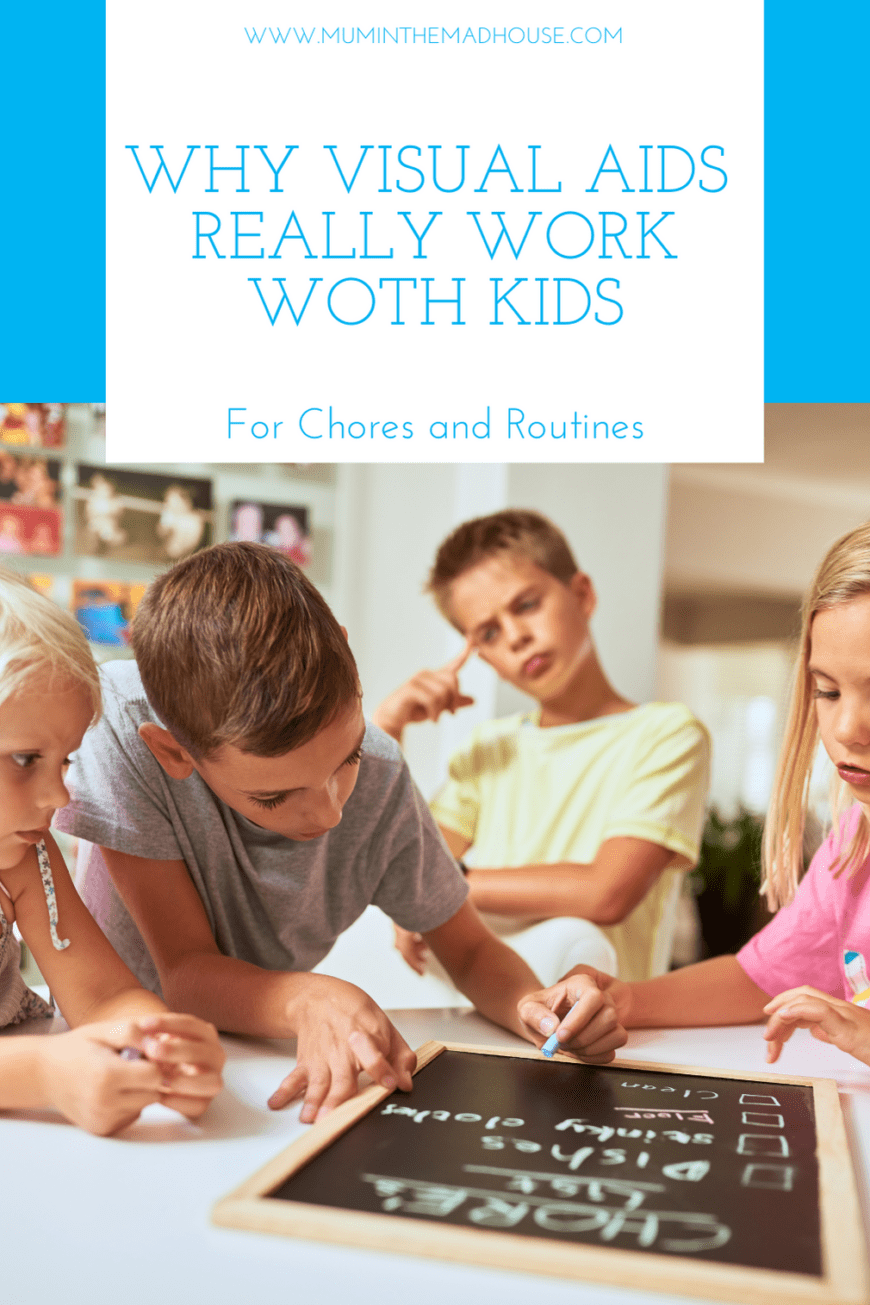One of the ultimate goals for parents is to help children grow into independent, responsible individuals. Part of this journey involves teaching them about daily routines and the importance of contributing to household chores. However, imparting these lessons can sometimes be challenging.

Thankfully, visual aids like posters can be remarkably effective tools in this educational endeavour. Plus, they are pretty easy to make with a poster template online at StoryboardThat. This article explores how to use posters creatively to assist your child in learning house chores and managing daily routines.
The Visual Learning Advantage
Children are often visual learners; they grasp and retain information more effectively when it’s presented in a graphical or pictorial format. Posters tap into this predilection by providing a constant visual reminder of what needs to be done. When placed in strategic locations, these vibrant and engaging cues can make learning and remembering chores and routines much simpler and more fun.

Creating Chore Charts
A chore chart is a type of poster that can be both educational and motivational for kids. Here’s how to create and implement one:
- Personalize: Tailor the chore chart to include the specific chores your child is responsible for. Use their favorite colors, themes, or characters to make it more appealing.
- Simplify: Break down chores into simple, actionable steps. This can help younger children understand what is expected without feeling overwhelmed.
- Use Visual Cues: For non-readers or early readers, use pictures to depict tasks such as feeding the pet, putting toys away, or setting the table.
- Track Progress: Incorporate elements where progress can be marked, such as checkboxes or spaces for stickers. This provides a sense of accomplishment.
- Update Regularly: As your child masters certain chores or as their responsibilities grow, update the poster to reflect these changes.
Establishing Routine Posters
Routine posters are another visual tool that can outline the series of tasks that should be performed at specific times of the day, such as morning, after-school, and bedtime routines. To create effective routine posters, consider the following steps:
- Sequence of Events: List tasks in the order they should be completed, such as brushing teeth, getting dressed, and packing a school bag in the morning.
- Time Indicators: If your child can tell time, include the approximate time each task should be done next to the task itself to encourage time management skills.
- Interactive Elements: Make the poster interactive by adding movable pieces—like magnets or Velcro-backed images—that your child can shift from a ‘to-do’ column to a ‘done’ column.
- Consistent Placement: Hang the poster in a location that’s frequently accessed during the routine, like the bathroom mirror or near the front door.
Incorporating Reward Systems
Both chore charts and routine posters can be paired with reward systems to provide additional motivation. You might opt for:
- Instant Gratification: Allow your child to add a sticker or mark off a completed task right away, which gives an immediate sense of achievement.
- Long-Term Goals: Set up a system where your child can earn a larger reward after accumulating a certain number of stickers or checkmarks. This teaches delayed gratification and goal-setting.

Engaging in the Process
For posters to be effective, it’s essential for parents to engage with the process:
- Review: Regularly go over the poster with your child to remind them of their tasks and expectations.
- Praise: Acknowledge their efforts and successes, which reinforces positive behavior and boosts self-esteem.
- Adapt: Be willing to adapt the system as your child grows or as family needs change. Flexibility is key to maintaining relevance and interest.
Conclusion
Implementing posters as visual aids for learning house chores and managing daily routines can make a significant impact on your child’s development. By fostering responsibility and independence through these engaging tools, you lay the groundwork for important life skills.
Remember to keep the posters dynamic, interactive, and in line with your child’s evolving abilities and interests. With consistency and creativity, you’ll likely find that your child is not only more cooperative when it comes to chores but also more competent in managing their daily activities. As they grow, these early lessons in chore management and routine adherence will prove invaluable, shaping them into organized and reliable adults.
